 The ABAP Programming language allows multi language applications which allows SQL Access so has been enhanced for use with object oriented language. It’s especially created for dialog-based business programs. ABAP Programming props up type-specific processing of information, type conversions and type casting are supported. It also enables using translatable text elements, using which you are able to develop multi-language programs. OPEN SQL standard is enabled from within ABAP which enables direct database accesses. ABAP Objects is the object-oriented enhancement from the ABAP programming language. The ABAP syntax is platform-independent. Which means that it has exactly the same meaning or function, regardless of the relational database system and operating-system for that application and presentation server.
The ABAP Programming language allows multi language applications which allows SQL Access so has been enhanced for use with object oriented language. It’s especially created for dialog-based business programs. ABAP Programming props up type-specific processing of information, type conversions and type casting are supported. It also enables using translatable text elements, using which you are able to develop multi-language programs. OPEN SQL standard is enabled from within ABAP which enables direct database accesses. ABAP Objects is the object-oriented enhancement from the ABAP programming language. The ABAP syntax is platform-independent. Which means that it has exactly the same meaning or function, regardless of the relational database system and operating-system for that application and presentation server.
ABAP Programming Syntax
For that ABAP Programming Syntax, Following rules apply.
- ABAP programming is composed of individual lines.
- The very first word inside a statement is known as an ABAP keyword.
- Each statement finishes having a period.
- Words should always be separated by a minumum of one space.
- Comments could be indented as you want.
With key phrases, additions and operands, the ABAP runtime system doesn’t differentiate between upper and lowercase.
Even though ABAP programming runtime system doesn’t differentiate between upper and lowercase, it is customary to create key phrases as well as their additions in uppercase letters and operands in lowercase. This type of representation may also be utilized in this program. For indentations as well as for transforming uppercase/lowercase letters, you should use the Pretty Printer (the correspondingly labeled button within the Editor).
Using Comments in ABAP Programming
Comments can extend beyond one line. You could have several comments in one line (though this isn’t suggested). Lines that start with asterisk * within the first column are acknowledged as comment lines through the ABAP runtime system and therefore are overlooked. Double quotes marks ” indicate the rest of the lines are a comment.You are able to mix consecutive comments by having an identical beginning right into a chained statement: Write exactly the same beginning area of the records then a colon. Following the colon, list the finish areas of the comments (separated by commas). Blank spaces and line breaks are permitted before and after the separators. i.e. colons (;), commas (,), periods(.).
Observe that this short form basically signifies a simplified type of syntax, and doesn’t present an improvement in performance. Out of the box otherwise the situation, the ABAP runtime system processes each one of the individual statements.
You will find other ways of moving towards the documentation to have an ABAP Programming statement.The F1 key goes straight to the documentation for that statement for which the cursor is highlighted.
You will find several editors at use for ABAP programming, with respect to the release and support package level. The option of editor is user-specific and it is produced in the item Navigator. Look into the configurations in utilities. You are choose the old editor or even the new editor.
ABAP Programming Development Objects
If you produce a ABAP Programming development object, or change after which save it, the SAP first stores just one inactive version within the Repository. Next, you get an active version as well as an inactive version from the object. once you finish the development of the object, you need to activate the inactive version from the object. This version becomes the brand new active version from the object.
Note that the request has been released and hence the transport of the developed objects to other systems are only possible if all objects in the request have been activated
Whenever you generate a development object, the machine produces another runtime object (LOAD compilation) as well as stores it within the Repository. This compiled version is the one which is executed at runtime.
Try being an active participant in ABAP Programming forum at SDN and very soon you will get to speed.




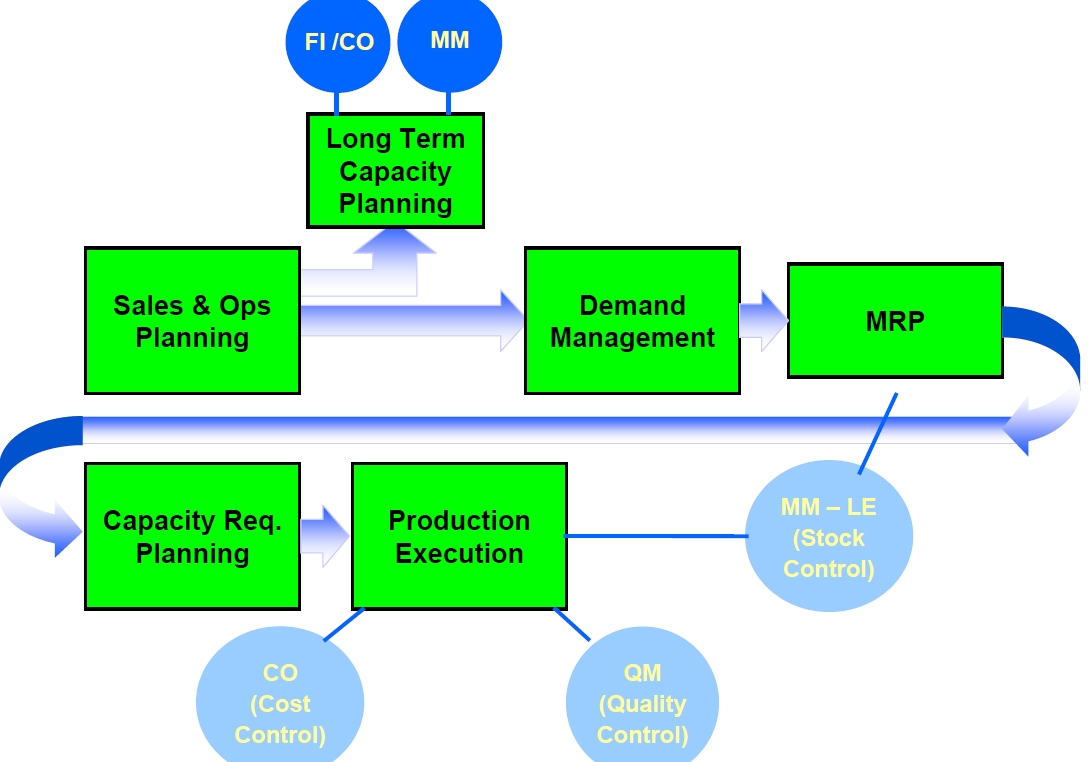

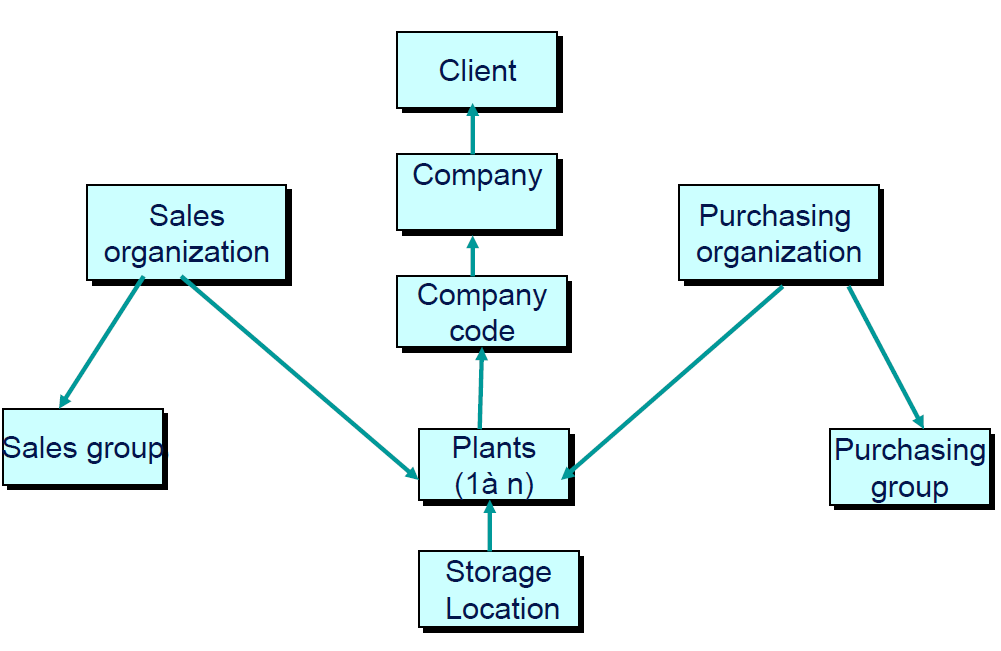
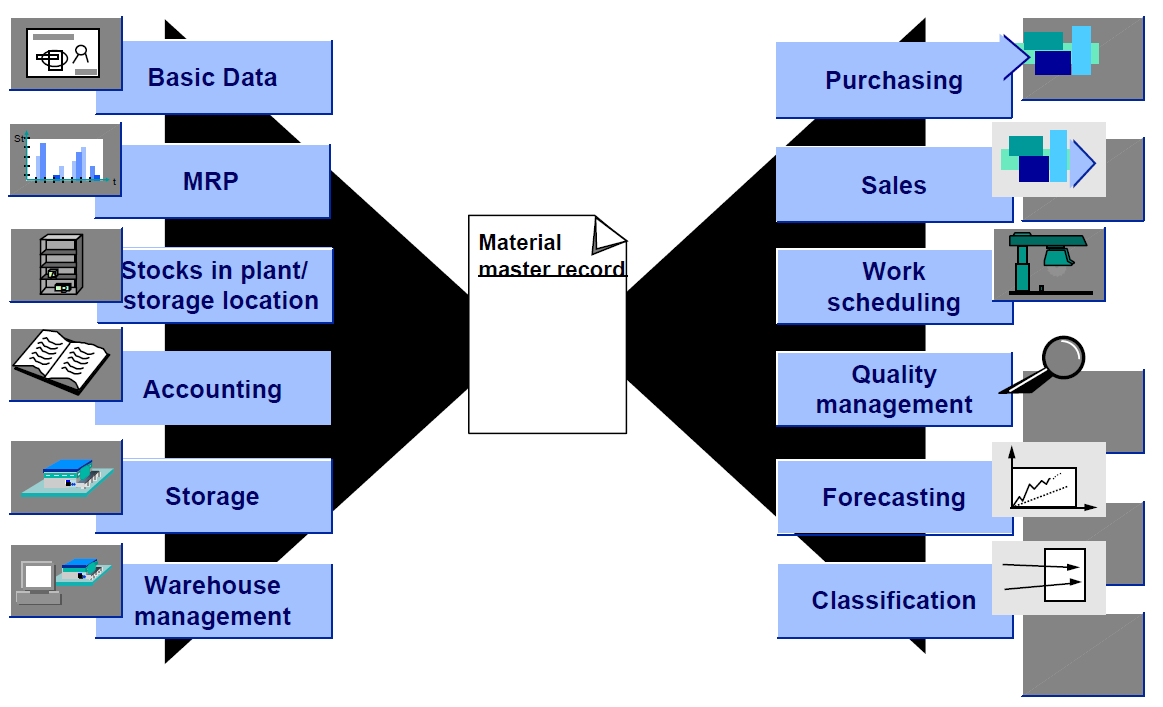
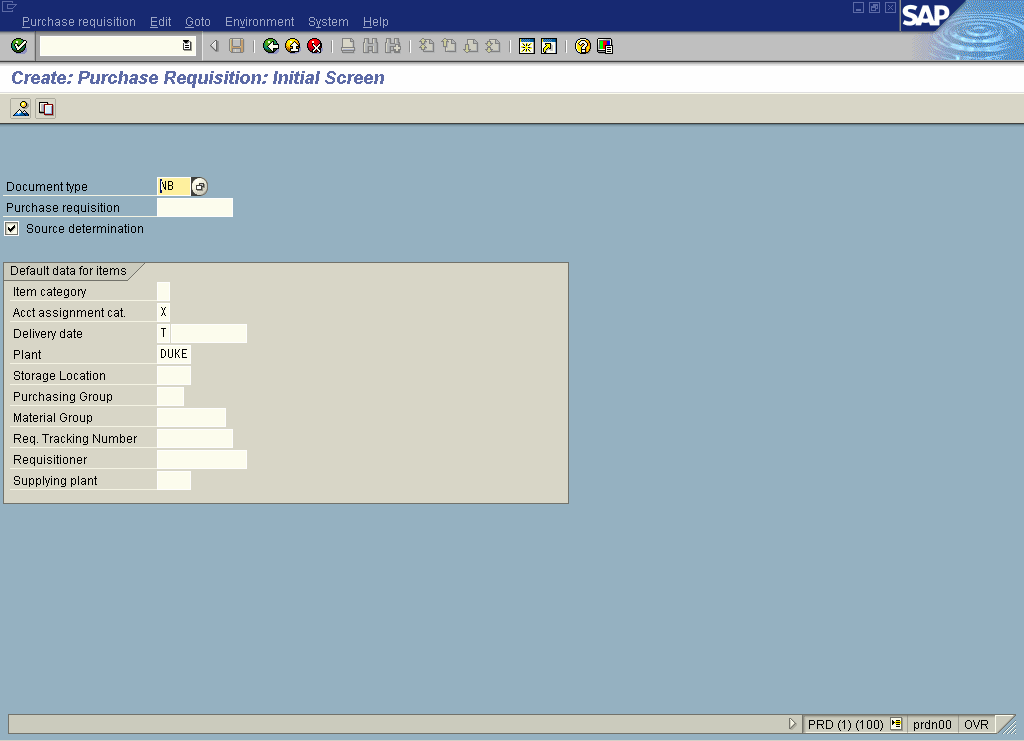
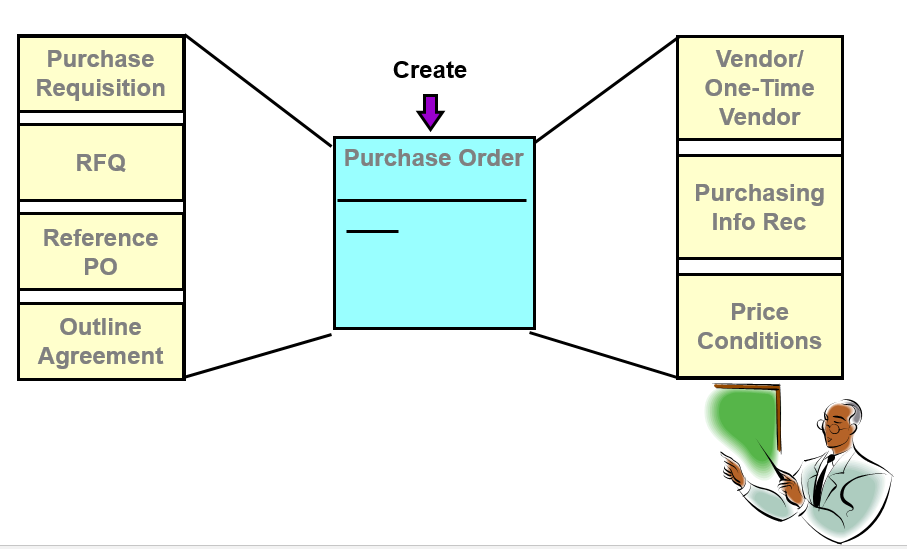
Leave a Reply